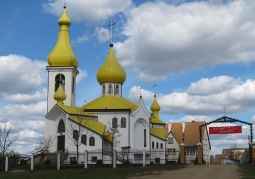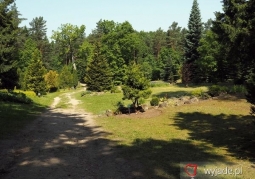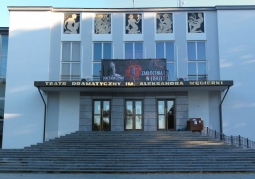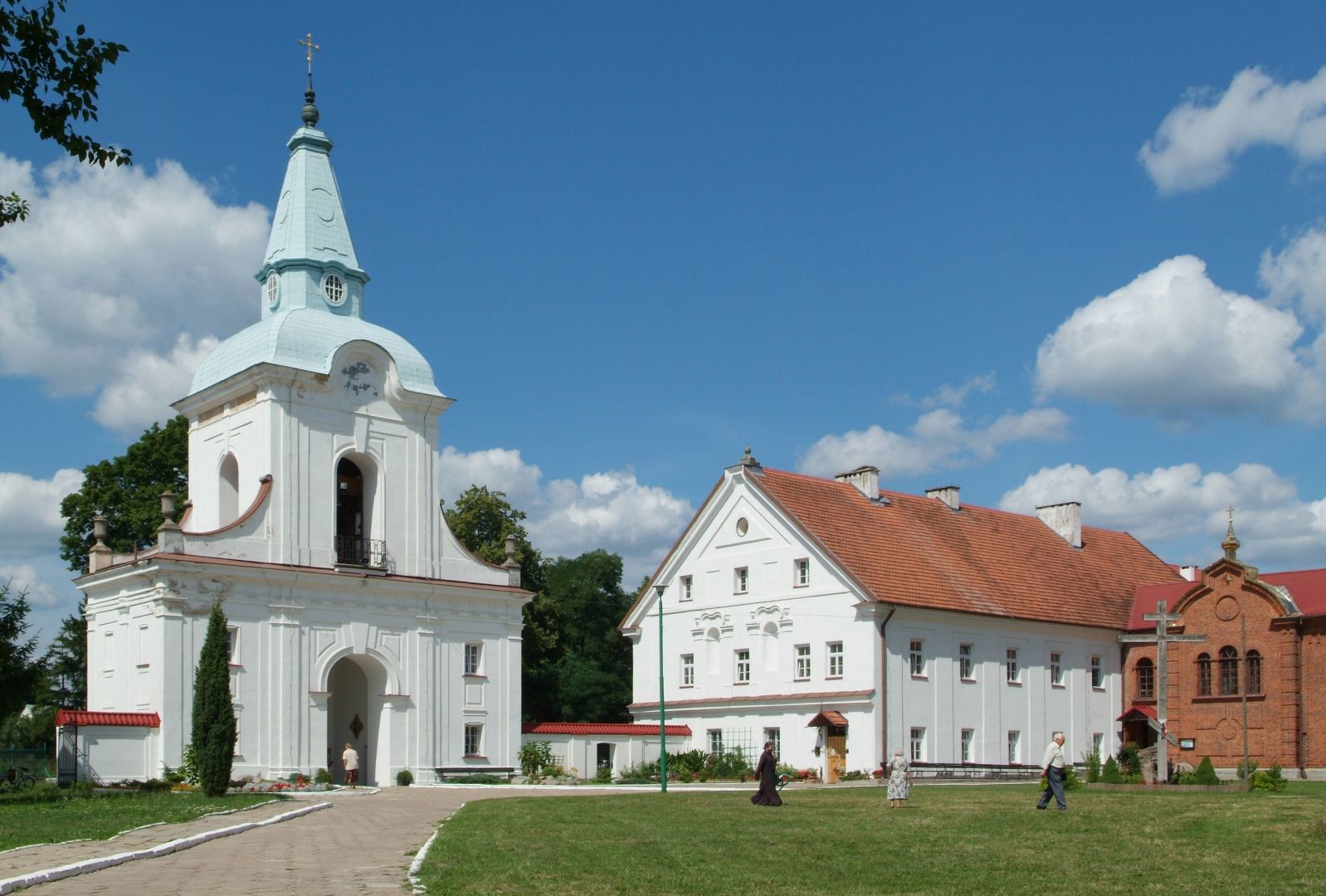Monastery of the Annunciation of the Virgin Mary - Supraśl
No weather data
0.0 /5
Number of ratings: 0
The monastery was founded by Aleksander Chodkiewicz before 1497. Initially, his seat was Gródek. In 1501, the construction of a complex of monastery buildings in Gródek began, but a few years later the monks moved to another place - the Suchy Hrud forest near today's Supraśl. In 1510, work began on the main church - the defensive temple of the Annunciation - in the new seat of the monastery. The monks maintained extensive contacts with other Orthodox monastic communities in the Ruthenian lands and the Balkans, which made the monastery in Supraśl one of the most important Orthodox centers in the First Polish Republic in the 16th century. The monks also collected and copied books. A special cult was surrounded in it by the icon of the Mother of God, considered to be miraculous. After the conclusion of the Brest Union, the monastery monks headed by Archimandrite Hilarion refused to accept its provisions. The conflict over the jurisdiction of the monastery lasted for several decades. Eventually, thanks to the support of the monitors of the monastery and King Sigismund III Vasa, the monastery in 1635 eventually passed into the hands of the Uniates and was administered by Basilians until 1824. This order significantly expanded the building complex, and on the initiative of the Uniate metropolitan of Kiev, Cyprian Żochowski, began publishing in Supraśl. Most of the liturgical books were created in the Suprasl printing house for the needs of the Uniate Church in the Polish-Lithuanian Commonwealth, from the 18th century secular works were also printed there. After finding Supraśl under the Russian partition, in 1824, the monastery was taken over by the Russian Orthodox Church. The Orthodox male monastery functioned until 1915, when the monks went into activity. In the interwar period, the monastery buildings belonged to Salesians. In 1944, the retreating Germans blew up the main monastery church. After the war, an agricultural school operated in the monastery buildings, from the 1980s the buildings were gradually transferred to the Polish Autocephalous Orthodox Church and renovated. The monastery complex is located at 1 Klasztorna Street. It is also the seat of the Supraska Academy and the local Orthodox parish (in the Białystok deanery). The monastery also has a Museum of Icons.
Komentarze
No results
Nearby places

Orthodox church Saints Women Carrying Fragrances - Czarna Białostocka
Category: ChurchesOrthodox parish church, belonging to the deanery of Bialystok, the diocese of Bialystok and Gdansk of the Polish Autocephalous Orthodox Church. It is located at 12 Białostocka Street, in the Buksztel district. In the...
10 km

Arboretum Insurgents 1863. - Kopna Góra
Category: Parks, gardens, avenuesA beautiful place for walking.
11 km

Hasbach Palace - Białystok
Category: PalacesResidence of the Białystok factory owner Ervin Hasbach, owner of the nearby weaving mill. The palace located in the Dojlidy district was built in the 1880s. It took its current form in 1905-1907, transformed into the...
14 km

Dramatic Theater Aleksandra Węgierki - Białystok
Category: TheatersThe theater is located in a historic building built in the late 1930s (1933-1938) according to the design of Jarosław Girin. It presents a modernist style. Is the most important theater institution in the Podlasie...
15 km
Nearby places

Orthodox church Saints Women Carrying Fragrances - Czarna Białostocka
Category: ChurchesOrthodox parish church, belonging to the deanery of Bialystok, the diocese of Bialystok and Gdansk of the Polish Autocephalous Orthodox Church. It is located at 12 Białostocka Street, in the Buksztel district. In the...
10 km

Arboretum Insurgents 1863. - Kopna Góra
Category: Parks, gardens, avenuesA beautiful place for walking.
11 km

Hasbach Palace - Białystok
Category: PalacesResidence of the Białystok factory owner Ervin Hasbach, owner of the nearby weaving mill. The palace located in the Dojlidy district was built in the 1880s. It took its current form in 1905-1907, transformed into the...
14 km

Dramatic Theater Aleksandra Węgierki - Białystok
Category: TheatersThe theater is located in a historic building built in the late 1930s (1933-1938) according to the design of Jarosław Girin. It presents a modernist style. Is the most important theater institution in the Podlasie...
15 km

